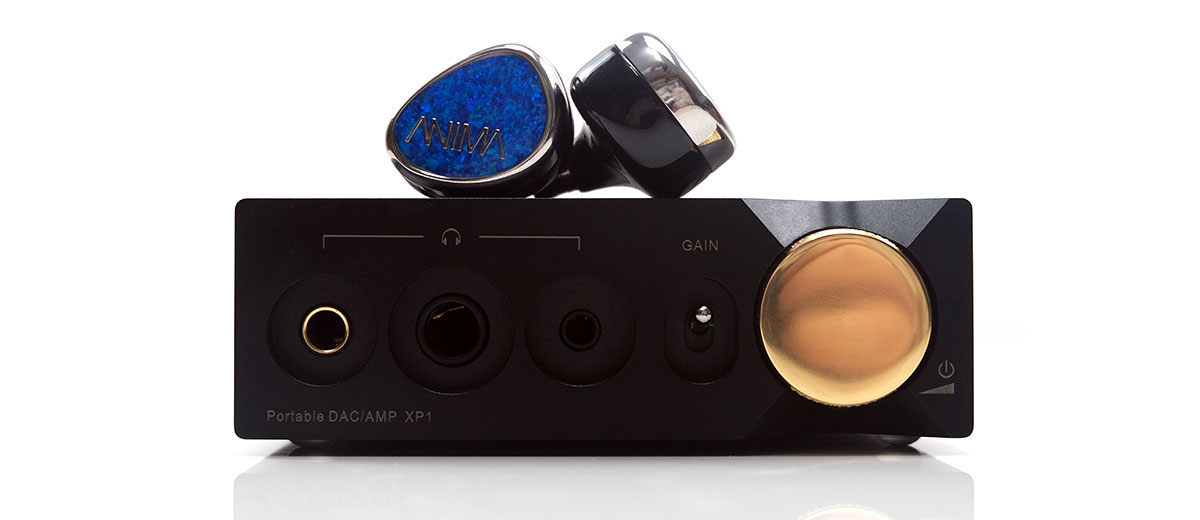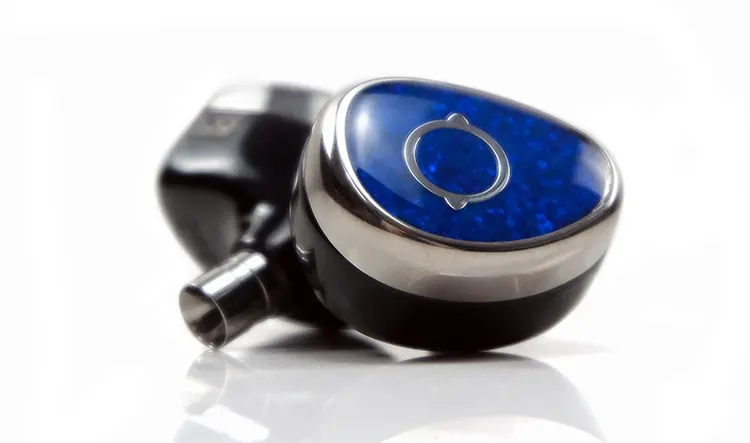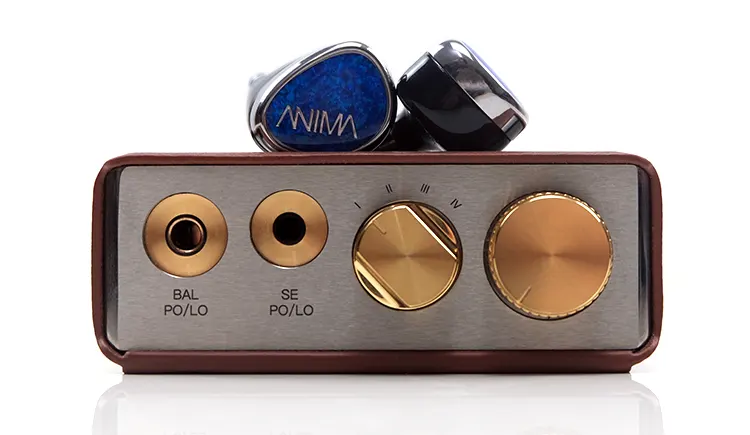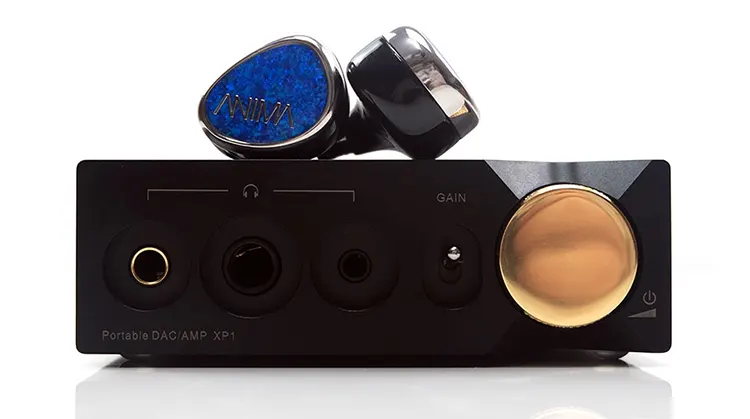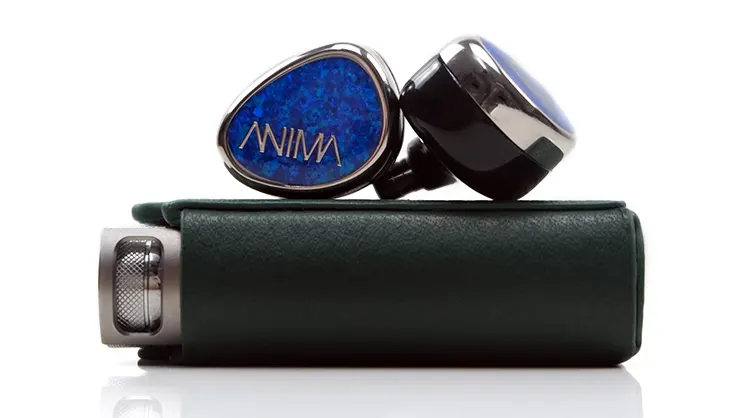Sound Impressions
The following sound impressions of the Lime Ears ANIMA V2 were completed using a mix of the HiBy RS8, the iBasso DX320 MAX Ti, and SpinFit CP145 tips.
Summary
The ANIMA V2 gently pushes the older V1’s W-shaped sound signature closer to a U-shaped sound signature or at the very least a more extreme W-shaped tuning. It’s now more dynamic, and more physical in its delivery in some areas with improved depth and clarity over the original.
There are some pros and cons to this new tuning. The upside is a stellar low-end, particularly on the sub-bass response which destroys the older V1’s meeker tuning. If you want depth and power from your ANIMA when the lows hit then the V2 is the one to get.
The downside is the neutral, light-bodied mids and more aggressive highs. With stock tips, this can sound overly thin. Combined with a sharp drop in the upper bass and lower mids it can generate a cooler tone through the mids that doesn’t gel quite as well with the awesome dynamic driver response.
The remedy? Change the stock tips to a set of SpinFit CP145 alternatives which are my preferred set of tips on the original but for differing reasons. The ANIMA V2 sounds smoother and more natural to my ear without losing out in terms of resolution or bass dynamics.
I would also advise a reasonably organic or analog-sounding source if smoother vocals are important to you. If not, at least a source that excels in dynamics and clarity to ensure you maximize the ANIMA V2’s excellent upper treble reach.
Just bear in mind the ANIMA V2 is a bit thirsty despite the removal of EST drivers in this version. I did find myself pushing up the gain stage to medium or high with most DAPs to get a bit of snap in the response without pushing the volume to the max.
Frequency Response
The ANIMA V2 is no respecter of standardized curves but perhaps in a sea of Harman-centric high-end releases an ounce of sonic rebellion isn’t such a bad thing.
From 50Hz down to 20Hz the tuning is north of Harman, but beyond to the lower-mids around 500Hz, it runs a few dB south.
That means a very noticeable level of bass to mids separation with that dynamic driver delivering some excellent but still relatively controlled sub-bass presence combined with the lighter more articulate touch from the BA’s up to the lower-mids.
That also means a leaner upper-bass and lower-mids performance with the bass fundamental of the dynamic driver coming in for lower-register notes only such as bass guitar plucks.
The ANIMA V2 isn’t as lifted or warm sounding in the lower mids as the older V1 with this new curve despite a noticeable elevation from 500Hz up to 2k. So, you have this unusual forward but lean tonal quality up to 2k giving vocals a clear but slightly ‘small’ quality to the notes.
Like the original, the ANIMA V2 3-7k region is dipped with more emphasis on the 8-10k region and beyond. This creates slightly more headroom and enhanced physicality than the original’s treble tuning. One with more noticeable contrast so sparkling spatial cues tend to have a bit more pop and clarity on the ANIMA V2.
Coloration
The ANIMA V2 has an interesting mix of neutral and delicate with powerful and physical depending on what you are listening to. If anything, it’s a demonstrable example of two very different driver timbres at play within one shell.
The dynamic driver here is emphasized but still highly separated from the mids so it can hit hard but only on the very lowest register so it doesn’t bloom and bleed into the mids.
The sub-bass tuning from the ANIMA V2 is one of the performance highlights. From a personal perspective, I have always enjoyed an FR bass shelf emphasis that stays sub-50Hz rather than one that stretches well beyond the mid-bass.
A bass performance that picks its moments to hit and hit hard is always more dynamic sounding than one-dimensional alternatives that fire off warm and flabby responses with every single note.
The slight concern is the light-bodied mids. The dip post 100hz does leave a lot of girth at the midrange door meaning instruments and vocals are articulate and highly resolving but also lack a bit of meat on the bone.
Combined with the forward 1-2k tuning the vocals are refreshingly forward and clear with plenty of space around them but also somewhat small sounding compared to the V1.
The new BA treble is extended and improved over the V1 in terms of physicality though it’s more in the 8-10k range than the lower treble. This can tip the harmonic balance a little to the edgier side but this can be remedied with a tip change and smooth-sounding source.
Staging & Dynamics
I had complimented the V1 on its excellent staging capability a few years ago but the ANIMA V2’s tuning leaves the V1 sounding almost midrange-focused and relatively compressed sounding.
Letting the 7mm dynamic driver off the hook and upping the sub-bass amplitude is the game changer between these two versions.
It produces a much deeper and more planted soundstage, massively improving lower-register note fundamentals. Bass guitar plucks and double drum kicks are much firmer, creating an improved layering and dynamics sub-100Hz.
Mids are further forward than you might initially perceive them to be. The lack of weight and body gives them a far more delicate tonal quality.
You have some welcome space and a nice stretch between vocal delivery, the dynamic bass response, and instrumental placement but it just needs a bit more sustain in the note to resonate for me.
There are no issues on treble reach, the ANIMA V2 is geared to deliver extended highs, particularly from 8k onwards.
There is a dip from 4-7k it’s not much different from the original tuning. It can create an ethereal quality to the highs but I still rate the firmness of notes on the V2 as better than the fluffier highs from the V1.
Just bear in mind I am describing the highs using the smoother-sounding SpinFit tips. With the stock tips, the treble can dominate in a more abrasive fashion pushing your listening focus up a bit too high.
Synergy
Efficiency & Sensitivity
The Lime Ears ANIMA V2 is rated at 38Ω impedance with an SPL of 104 dB SPL @ 1kHz. It is not the most sensitive IEM out there in the market today though by no means a power specialist.
I noted in my review of the original ANIMA that it was one of the more demanding IEMs out there. Well, the ANIMA V2 is just as demanding despite ditching the EST drivers.
That does not mean you need a fully-fledged desktop amp to drive the ANIMA V2. Rather I would be looking for a portable setup with a flexible gain stage and good headroom for optimal performance.
For example, a high gain stage from the iBasso DX320 MAX Ti sounded ideal with the ANIMA V2. The stepped attenuator still had plenty of subtle control, and the jump in volume between the steps was manageable with no detectable background hiss for low-volume listening sessions.
Dongles are fair game also with the ANIMA V2 with just a little more juice from the volume to get it to a suitable listening level. For example, dropping down to a single-ended connection with the HiBy FC6 did not require more than 3-4 steps above my usual setting at around 19-20.
DAP Pairings
I tested 5 DAPs and Shanling’s beastly Mystic XP1 with an initial impression that all I needed was a thick and warm-sounding DAP and the ANIMA V2 would sound ideal.
Generally speaking the smoother the DAP, the more inviting the vocal performance of the ANIMA V2 tended to be but it wasn’t a home run for ‘team warm’.
For example, the iBasso DX320 MAX Ti sounded more resolving and refined for vocal clarity and bass dynamics compared to the Mystic XP1.
Admittedly, the XP1 is brilliant for sub-bass fullness with the ANIMA V1 and yes the vocals do benefit from some additional warmth. However, the overall sound was a bit raw and less refined compared to the DX320 MAX Ti, with less air and height which is an important aspect of the ANIMA V2’s soundstage.
The DX320 MAX Ti can bring the ANIMA V2 more to the neutral and slightly brighter side with some recordings, that is when I felt the slightly lower treble attenuation of the HiBy R8 II subjectively came across as a better fit.
The R8 II has an open midrange and some nice vocal presence also, just not as resolving as the DX320 MAX Ti on the highs. For those who want a slightly smoother set of highs from the ANIMA V2, the R8 is a good starting point.
Smoother Pairings
For those who do want a smoother tone then the HiBY RS8, the Luxury & Precision P6 Pro, and the Cayin N7 are better choices but as always, there are some pros and cons.
The N7 was the weakest of the bunch with a distinct lack of bass dynamics from the ANIMA V2 compared to the other DAPs. It sounded too blasé on the lows despite its creamy vocal timbre.
The RS8 is a very complete offering providing a responsive deep bass tone and organic smooth-sounding vocals from the ANIMA V2. The resolution is top-notch also. Its only drawback is the neutral vocal imaging which sometimes prompted me to push up the dial unnecessarily to ‘connect’ with singers.
If you want to retain a forward and richer vocal tone then the P6 Pro will give you that whilst retaining the excellent low-end response from the ANIMA V2. You just won’t get as open a sound as the RS8 pairing.
Dongle Pairings
The choice of dongle here for the ANIMA V2 follows a similar pattern to the DAP pairings. However, this time I felt Cayin’s 1BIT DAC equivalent to the N7, the RU7, was the best choice out of the three I tested.
Mind you, if you want bass and vocals to the maximum, the most colored pairing then the HiBy FC6 is an excellent pairing. It offered the beefiest lows and thickest vocal texture from those mids BA drivers inside the ANIMA V2.
Like the Mystic XP1 though, the tonal balance is a little raw and you do not get the most expansive sound which is where the RU7 comes in as the best all-rounder for the ANIMA V2. Its wide, smooth, very balanced sounding with a very smooth vocal delivery.
Overall, the RU7 offered a refined pairing, with nothing overly exaggerated sounding, and the best for treble smoothness out of the dongles tested. I would also add that the DSD256 sampling mode is ideal. Once you drop down to DSD64, the ANIMA V2 performance starts sounding compressed.
The DC-Elite from iBasso has the best dynamics out of the bunch and the most resolving also. The problem is the tonal bias, it’s too bright on the highs for my tastes, even with the SpinFit tips, much more so with the stock silicone tips.
I enjoyed this pairing a lot with mellower recordings but with brighter tracks and high-pitched vocals, I felt the timbre had a bit too much contrast.

